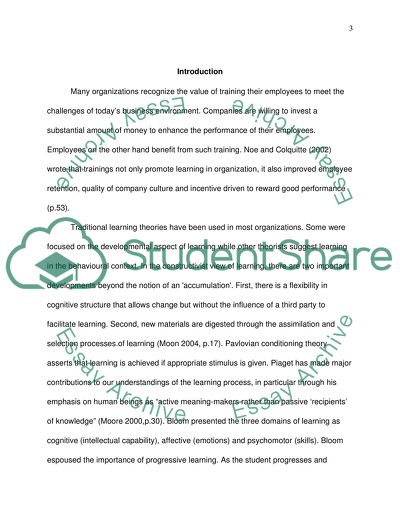Cite this document
(“The Role of Training in Employee Performance Improvement Essay”, n.d.)
The Role of Training in Employee Performance Improvement Essay. Retrieved from https://studentshare.org/miscellaneous/1512422-the-role-of-training-in-employee-performance-improvement
The Role of Training in Employee Performance Improvement Essay. Retrieved from https://studentshare.org/miscellaneous/1512422-the-role-of-training-in-employee-performance-improvement
(The Role of Training in Employee Performance Improvement Essay)
The Role of Training in Employee Performance Improvement Essay. https://studentshare.org/miscellaneous/1512422-the-role-of-training-in-employee-performance-improvement.
The Role of Training in Employee Performance Improvement Essay. https://studentshare.org/miscellaneous/1512422-the-role-of-training-in-employee-performance-improvement.
“The Role of Training in Employee Performance Improvement Essay”, n.d. https://studentshare.org/miscellaneous/1512422-the-role-of-training-in-employee-performance-improvement.


